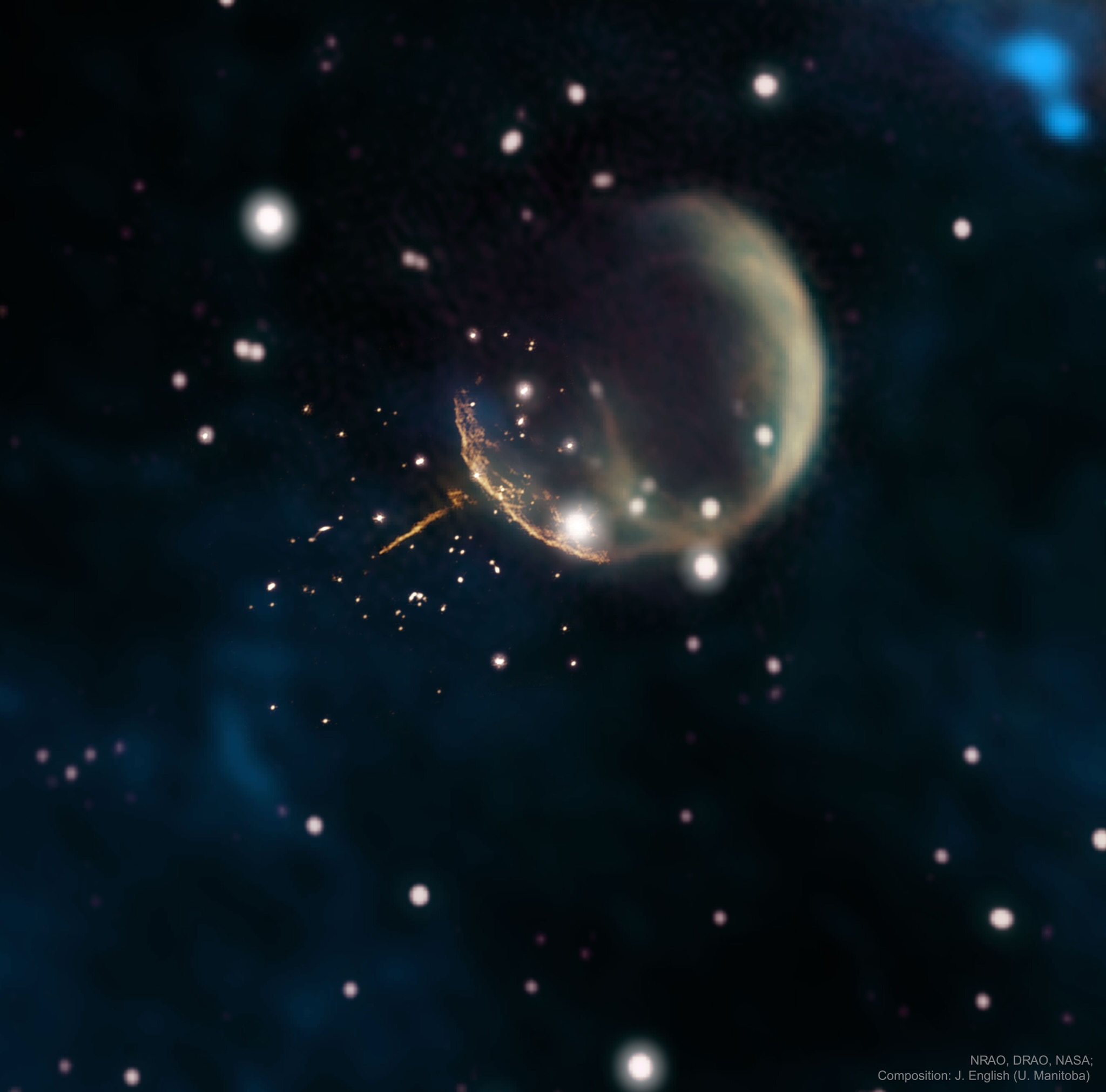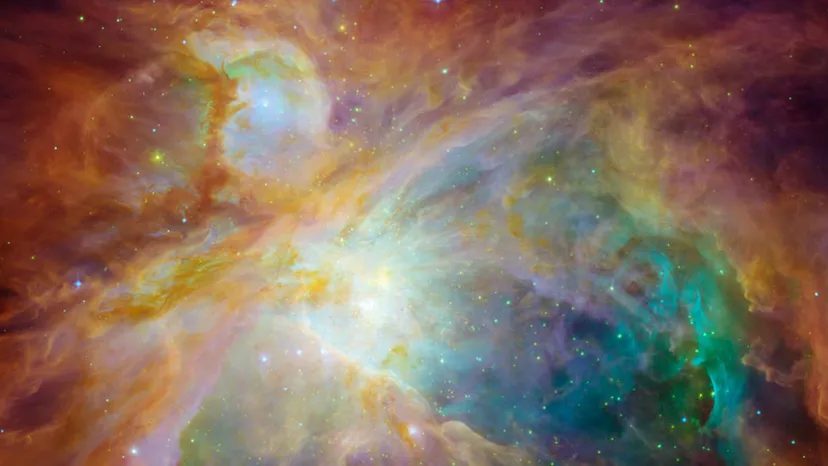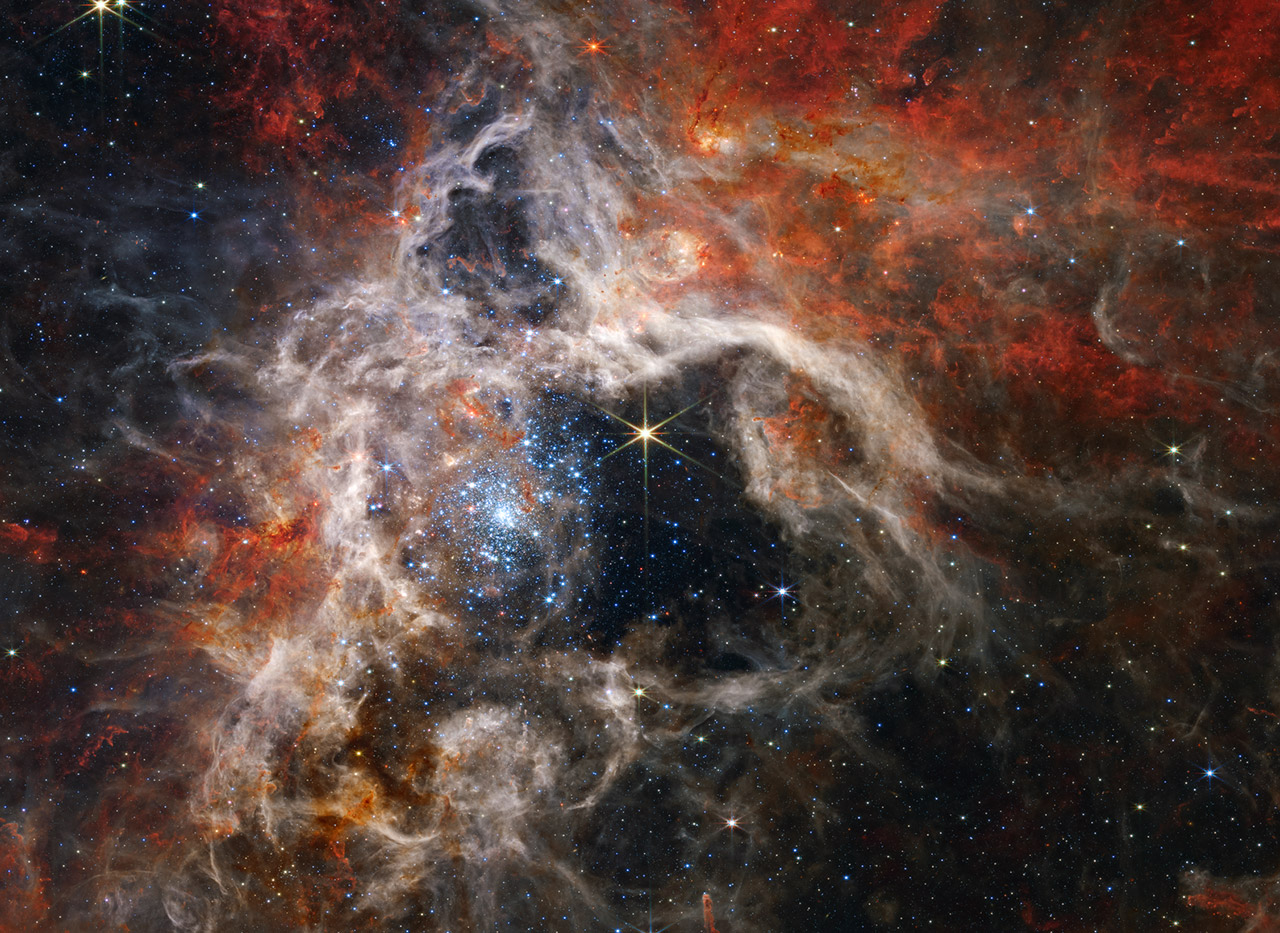Blog
Earle Lavon “Von” Freeman Sr. (October 3, 1923 – August 11, 2012) was an American hard bop jazz tenor saxophonist.
Born in Chicago, Illinois, Freeman as a young child was exposed to jazz. His father, George, a city policeman, was a close friend of Louis Armstrong with Armstrong living at the Freeman house when he first arrived in Chicago.
Freeman’s father taught him to play piano and bought him his first saxophone when he was seven. His musical education was furthered at DuSable High School, where his band director was Walter Dyett. Freeman began his professional career at the age of 16 in Horace Henderson‘s Orchestra.
Freeman enlisted into the Navy during World War II and was trained at Camp Robert Smalls in Chicago. “All the great musicians ended up at Great Lakes”, he recalled. “It was an incubator for the best and the brightest lights in the jazz world at that time, and the musical jam sessions were simply phenomenal.” After training, he was sent to Hawaii as part of the Hellcats stationed at Barbers Point Naval Air Station in a band that starred Harry “Pee Wee” Jackson, the trumpeter from Cleveland whose nickname was Gabriel. The Hellcats were frequent winners of the islands’ competitive Battle of the Bands competitions and included musicians who had formerly played in bands fronted by Duke Ellington, Fletcher Henderson, Ella Fitzgerald, Lucky Millinder, Les Hite, Count Basie, Fats Waller, and Tiny Bradshaw.
more... What could shoot out a neutron star like a cannon ball? A supernova. About 10,000 years ago, the supernova that created the nebular remnant CTB 1not only destroyed a massive star but blasted its newly formed neutron star core — a pulsar — out into the Milky Way Galaxy. The pulsar, spinning 8.7 times a second, was discovered using downloadable software Einstein@Home searching through data taken by NASA’s orbiting Fermi Gamma-Ray Observatory. Traveling over 1,000 kilometers per second, the pulsar PSR J0002+6216 (J0002 for short) has already left the supernova remnant CTB 1, and is even fast enough to leave our Galaxy. Pictured, the trail of the pulsar is visible extending to the lower left of the supernova remnant. The featured image is a combination of radio images from the VLA and DRAO radio observatories, as well as data archived from NASA’s orbiting IRASinfrared observatory. It is well known that supernovas can act as cannons, and even that pulsars can act as cannonballs — what is not known is how supernovas do it.
Gordon Matthew Thomas SumnerCBE (born 2 October 1951), known as Sting, is an English musician, singer, songwriter and actor. He was the frontman, songwriter and bassist for new wave rock band the Policefrom 1977 to their breakup in 1986. He launched a solo career in 1985 and has included elements of rock, jazz, reggae, classical, new-age, and worldbeat in his music.
more...R. Prasanna (better known as Guitar Prasanna), is a pioneer in performing Carnatic music on the guitar. He also plays jazz, progressive rock, and world fusion.
more...Howard Mancel Roberts (October 2, 1929 – June 28, 1992) Phoenix, AZ was an American jazz guitarist, educator, and session musician.Roberts died of prostate cancer in Seattle, Washington, on June 28. 1992.
more...
more...https://youtu.be/yztTqddmlfM
Deep inside the Orion Nebula, an epic battle of stellar supremacy is being duked out. A baby star inside the famed stellar nursery is dictating how and where its unborn siblings can spark to life — if it allows them to live at all.
Using NASA’s Stratospheric Observatory for Infrared Astronomy (SOFIA) — a huge 106-inch (2.7-meter) diameter telescope that is flown inside the fuselage of a modified Boeing 747SP jetliner — astronomers can get a crystal-clear view of the nebula and view the otherwise invisible stars in infrared wavelengths. If the same telescope was used on the ground, the water vapor in our atmosphere would absorb the infrared light. So, as SOFIA flies above 99 percent of our atmosphere, it’s almost as good as having that telescope in space, minus the launch costs.

Ellen McIlwaine (October 1, 1945 – June 23, 2021) was an American-born singer-songwriter and musician best known for her career as a solo singer, songwriter and slide guitarist.
Born in Nashville, Tennessee, United States, McIlwaine was adopted by missionaries and raised in Kobe, Japan, giving her exposure to multiple languages and cultures. She attended the Canadian Academyschool in Kobe, graduating in 1963. Her first experience in music was playing on piano Ray Charles, Fats Domino and Professor Longhair songs that she heard on Japanese radio. On moving back to the United States she bought a guitar, beginning a stage career in Atlanta, Georgia in the mid-1960s.
In 1966, McIlwaine had a stint in New York City’s Greenwich Village where she opened every night at the Cafe Au Go Go, playing with Jimi Hendrix, and opening for Muddy Waters, Sonny Terry and Brownie McGhee, and Big Joe Williams.She returned to Atlanta to form the band Fear Itself, a psychedelic blues rock band.
more...Donny Edward Hathaway (October 1, 1945 – January 13, 1979) was an American soul singer, keyboardist, songwriter, and arranger whom Rolling Stonedescribed as a “soul legend”. His most popular songs include “The Ghetto“, “This Christmas”, “Someday We’ll All Be Free“, and “Little Ghetto Boy”. Hathaway is also renowned for his renditions of “A Song for You“, “For All We Know”, and “I Love You More Than You’ll Ever Know”, along with “Where Is the Love” and “The Closer I Get to You“, two of many collaborations with Roberta Flack. He has been inducted into the St. Louis Walk of Fame and won one Grammy Award from four nominations. Hathaway was also posthumously honored with a Grammy Lifetime Achievement Award in 2019. Dutch director David Kleijwegt made a documentary called Mister Soul – A Story About Donny Hathaway, which premiered at the International Film Festival Rotterdam on January 28, 2020.
Hathaway, the son of Drusella Huntley, was born in Chicago, Illinois, and was raised by his grandmother, Martha Pitts, also known as Martha Crumwell, in the Carr Square housing project of St. Louis, Missouri. Hathaway began singing in the church choir with his grandmother, a professional gospel singer, at the age of three, and studying piano. He graduated from Vashon High School in 1963.
more...David “Dave” Holland (born 1 October 1946) is an English jazz double bassist, composer and bandleader who has been performing and recording for five decades. He has lived in the United States for over 40 years.
His extensive discography ranges from solo performances to pieces for big band. Holland runs his own independent record label, Dare2, which he launched in 2005.
Born in Wolverhampton, England, Holland taught himself how to play stringed instruments, beginning at four on the ukulele, then graduating to guitar and later bass guitar. He quit school at the age of 15 to pursue his profession in a pop band, but soon gravitated to jazz. After seeing an issue of Down Beat where Ray Brown had won the critics’ poll for best bass player, Holland went to a record store, and bought a couple of LPs featuring Brown backing pianist Oscar Peterson. He also bought two Leroy Vinnegar albums (Leroy Walks! and Leroy Walks Again) because the bassist was posed with his instrument on the cover. Within a week, Holland traded in his bass guitar for a double bass and began practicing with the records. In addition to Brown and Vinnegar, Holland was drawn to the bassists Charles Mingus and Jimmy Garrison.
more...Albert Gene Drewery, known as Albert Collins and the Ice Man (October 1, 1932 – November 24, 1993), was an American electric blues guitarist and singer with a distinctive guitar style. He was noted for his powerful playing and his use of altered tunings and a capo. His long association with the Fender Telecaster led to the title “The Master of the Telecaster”.
Collins was born in Leona, Texas, on October 1, 1932. He was introduced to the guitar at an early age by his cousin Lightnin’ Hopkins, also a Leona resident, who played at family gatherings. The Collins family relocated to Marquez, Texas, in 1938 and to Houston in 1941, where he attended Jack Yates High School. Collins took piano lessons when he was young, but when his piano tutor was unavailable his cousin Willow Young would lend Albert his guitar and taught him the altered tuning that he used throughout his career. Collins tuned his guitar to an open F-minor chord (FCFA♭CF), with a capo at the 5th, 6th or 7th fret. At the age of sixteen, he decided to concentrate on learning the guitar after hearing “Boogie Chillen’” by John Lee Hooker. After a three-month battle with cancer, Collins died at his home in Las Vegas, Nevada, on November 24, 1993. He was 61 years old.
more...https://www.youtube.com/watch?v=xxnGHYsRM1U
more...Stellar nursery 30 Doradus gets its nickname of the Tarantula Nebula from its long, dusty filaments. Located in the Large Magellanic Cloud galaxy, it’s the largest and brightest star-forming region near our own galaxy, plus home to the hottest, most massive stars known. The center of this image, taken by Webb’s Near-Infrared Camera instrument (NIRCam), has been hollowed out by the radiation from young, massive stars (seen in sparkling pale blue). Only the densest surrounding areas of the nebula resist erosion, forming the pillars that appear to point back towards the cluster of stars in the center. The pillars are home to still-forming stars, which will eventually leave their dusty cocoons and help shape the nebula.

Patrice Louise Rushen (born September 30, 1954) is an American jazz pianist and R&B singer. She is also a composer, record producer, multi-instrumentalist, songwriter, and music director.
Her 1982 single “Forget Me Nots” received a Grammy Award nomination for Best Female R&B Vocal Performance. The instrumental “Number One” from her album Straight from the Heart earned an additional Grammy nomination for best instrumental. Her 12th album Signature also received a Grammy nominationfor best instrumental in 1998.
Rushen also serves as an ambassador for artistry in education at the Berklee College of Music and the chair of the popular music program at the USC Thornton School of Music.
more...Franklin Joseph Lymon (September 30, 1942 – February 27, 1968 Harlem, NY) was an American rock and roll/rhythm and blues singer and songwriter, best known as the boy soprano lead singer of the New York City-based early rock and roll doo-wop group The Teenagers. The group was composed of five boys, all in their early to mid-teens. The original lineup of the Teenagers, an integrated group, included three African-American members, Frankie Lymon, Jimmy Merchant, and Sherman Garnes; and two Puerto Rican members, Joe Negroni and Herman Santiago. The Teenagers’ first single, 1956’s “Why Do Fools Fall in Love“, was also their biggest hit. After Lymon went solo in mid-1957, both his career and that of the Teenagers fell into decline. He was found dead at the age of 25 on the floor of his grandmother’s bathroom from a heroin overdose. He was posthumously inducted into the Rock and Roll Hall of Fame in 1993 as a member of the Teenagers. His life was dramatized in the 1998 film Why Do Fools Fall in Love. On February 27, 1968, Lymon was found dead of a heroin overdose at the age of 25 on the floor of his grandmother’s bathroom with a syringe by his side.
more...
More Posts
- Shabbat for the Soul at Mt Zion Temple
- The Cosmos with NGC 157
- Kenny Kirkland Day
- Koko Taylor Day
- John Gilmore Day
- World Music with Rafael Riqueni
- Daily Roots with George Allison
- The Cosmos with IC 434
- Red Rodney Day
- Bud Powell Day
- World Fusion with Nordic Raga
- Daily Roots with Tony Clarke
- “Second Chance” by zAmya Theater East Phillips Park
- Rhythm Roots Workshop PRI Minneapolis
- The Cosmos with NGC 1892
- Nicholas Payton Day
- George Gershwin Day
- World Music with Northern Cree
- Daily Roots with Slyford Walker
- Rhythm Roots Workshop at PRI St Louis Pk